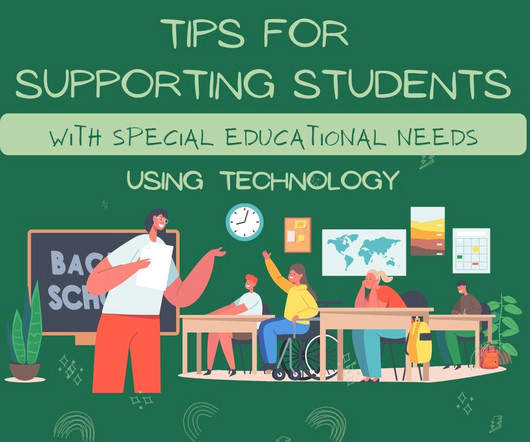Transitioning to a workload approach in K-12 special education
eSchool News
JANUARY 8, 2024
However, when you factor in that these 50 students are on three different campuses and 23 are in specialized classes and they require communication boards and devices, the task demands begin to compound. For example, a speech and language pathologist (SLP) may appear to have a manageable caseload of 50 students.















Let's personalize your content